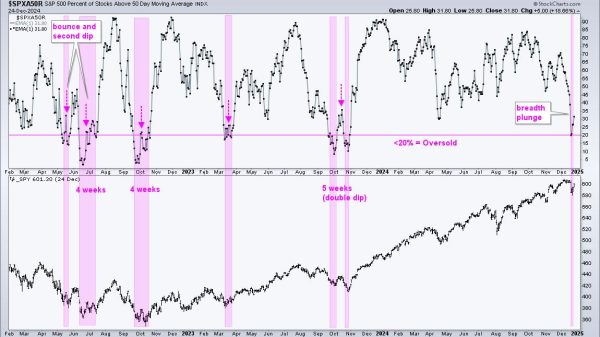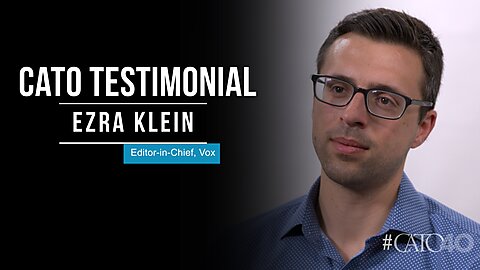Thomas A. Berry and Isaiah McKinney
Herring fishing is hard work on a crowded boat, but the federal government wants to make it even harder. Every inch of space on a small fishing boat is valuable room for supplies, fishers, and the catch. Space becomes even tighter when the government forces fishers to carry a monitor to track compliance with federal regulations. And profits become even narrower when the fishers are forced to themselves pay that monitor’s salary.
A federal statute lays out three specific circumstances in which the government may force fishers to pay a monitor’s salary. Outside of those three cases, the statute is silent. Yet the government nonetheless took that silence as permission, issuing a rule that forced herring fishers in New England waters to pay for their own monitors. The regulation will cost those herring fishers around $700 per day and reduce their profits by about 20%.
Several fishers sued to challenge this rule, including Loper Bright Enterprises, a family‐owned fishing company that operates in New England waters. Because they did not fall within any of the three categories mentioned in the statute, they argued that the government did not have the authority to force them to pay their monitors’ salaries. Their challenge reached the D.C. Circuit, which held that the statute was ambiguous on this question of monitor salary. But under a precedent called Chevron v. NRDC (1984), that ambiguity meant the government won.
Now the Supreme Court has taken Loper Bright’s case to consider whether Chevron should be overruled. And Cato, joined by the Committee for Justice, has filed an amicus brief supporting Loper Bright and urging the Court to overrule Chevron.
Chevron sets out a two‐step process that courts must follow when reviewing an agency’s interpretation of a statute. First, the court must apply the traditional tools of statutory interpretation and determine if the statute has a clear meaning. If the statute is clear, then the court must apply that clear meaning. So far so good. If, however, the statute is “ambiguous,” the court must move to the next step and defer to the agency’s interpretation so long as it is “reasonable.” The court must defer to an agency’s reasonable interpretation even if the court believes that the agency’s interpretation is not the best interpretation.
Chevron thus gives judicial power—the power to interpret the meaning of the law—to the executive branch. The Constitution, however, grants all judicial power to the judicial branch. And Chevron deference applies even when the agency demanding deference is also a party to the case. Chevron thus biases the courts toward government agencies, stripping the judiciary of impartiality and denying litigants basic due process.
In addition to these fundamental problems, our brief gives two further reasons why Chevron must be overruled: it is ahistorical and unworkable. Chevron is ahistorical because courts did not reflexively defer to the executive at the time of the Constitution’s framing or for a hundred years after. The nineteenth‐century precedents that some have cited to support Chevron were all fundamentally different, such as when courts gave interpretive weight to long‐held or contemporaneous executive interpretations. It was not until the New Deal era that the Supreme Court began to defer to the executive solely because it was the executive. And it was not until Chevron that deference to the executive became a binding rule for all federal courts.
Further, Chevron is unworkable because courts have failed to find a consistent definition of “ambiguous.” The Supreme Court itself has gone back and forth, sometimes applying all the tools of statutory construction rigorously at the first Chevron step and other times quickly deferring with little statutory analysis. Even as the Supreme Court has declined to defer over the last seven years, lower appellate courts have continued to find statutes ambiguous more than half the time. The failure to reach a consensus on the meaning of “ambiguous” itself demonstrates that Chevron is arbitrary and unworkable.
Loper Bright’s case exemplifies everything wrong with Chevron. The Court now has a perfect opportunity to overrule Chevron and reclaim the judiciary’s independence.























